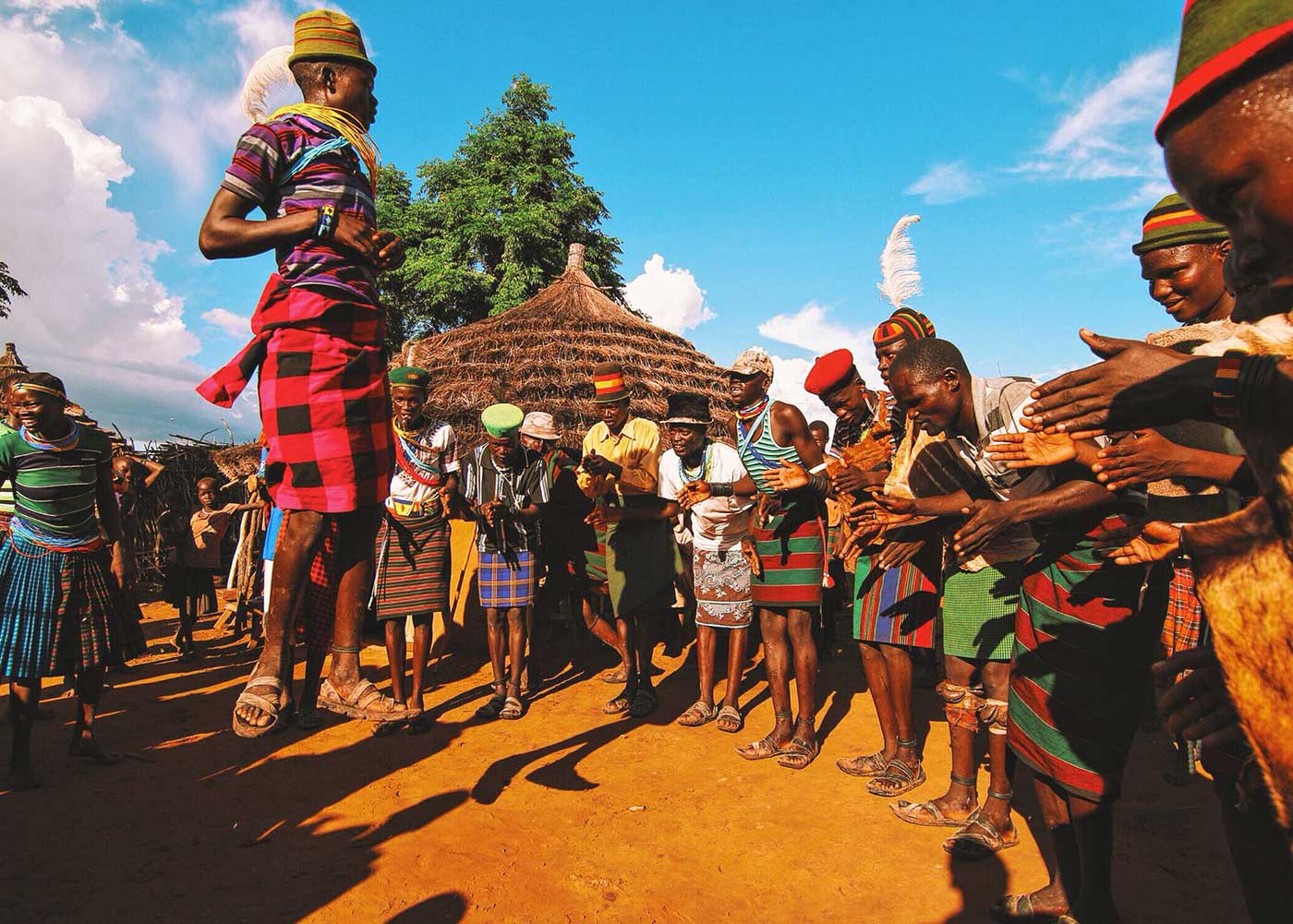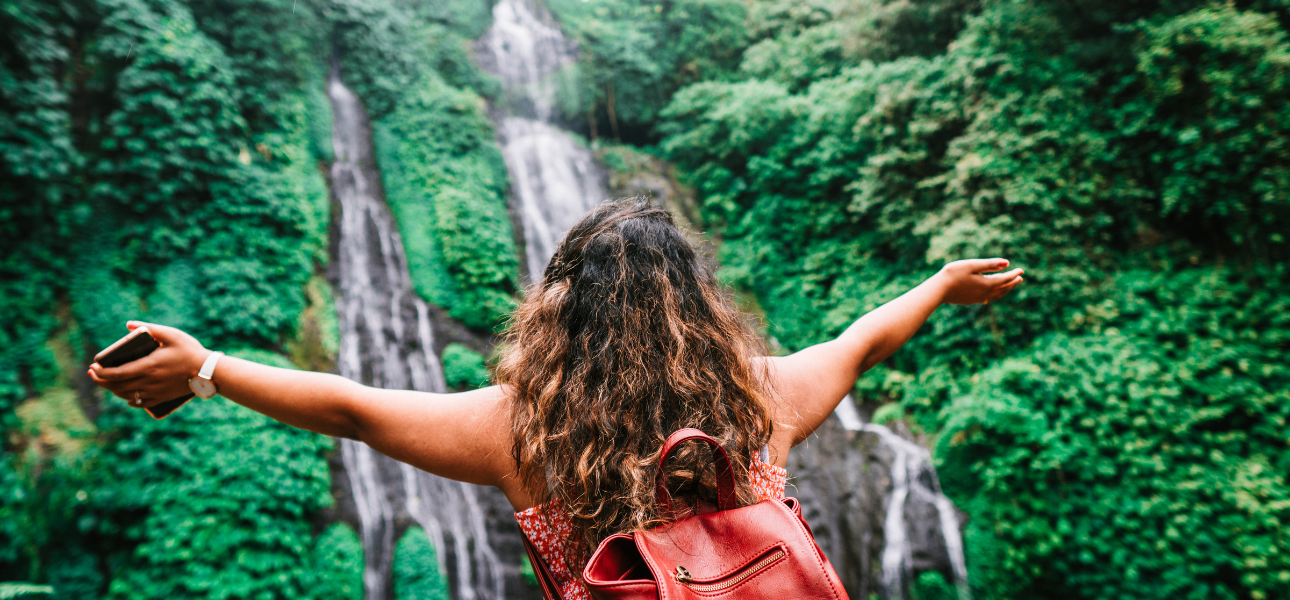A Journey through Ugand's 56 Tribes and Languages

Uganda, known as the "Pearl of Africa," is a land of unparalleled diversity, home to 56 unique tribes, each with its own language, culture, and traditions. In a country where over 40 languages are spoken, Uganda’s vibrant mosaic of cultures offers an enriching experience for travelers. Beyond its picturesque landscapes and abundant wildlife, Uganda’s true beauty lies in the rich linguistic and cultural heritage of its people. This blog takes you on an experiential journey through Uganda’s tribes and their languages, revealing the profound connection between language, identity, and heritage.
The Centrality of Language to Ugandan Culture
Language plays a pivotal role in shaping the identity and heritage of Uganda's people. It is not just a means of communication but a powerful vessel of tradition, wisdom, and cultural expression. Across Uganda, you’ll find languages from various linguistic groups, including Bantu, Nilotic, and Central Sudanic. Each region offers a unique cultural landscape, giving travelers the chance to immerse themselves in distinct linguistic and cultural environments.
From the melodious tones of Luganda, spoken by the Baganda in central Uganda, to the intricate dialects of the Karamojong in the northeastern part of the country, these languages carry the stories of Uganda’s diverse history. Whether you're exploring the Buganda Kingdom or venturing into the lands of the Acholi, language becomes your gateway to understanding the essence of Uganda’s tribes.
The Bantu-Speaking Tribes: Central and Southern Uganda
The largest linguistic group in Uganda is the Bantu-speaking population, which spans across central, western and southern regions. The Baganda, the largest tribe in Uganda, are well-known for their cultural heritage, centered around the historic Buganda Kingdom. Luganda, the language of the Baganda, is widely spoken in the central region and serves as a lingua franca for much of the country. For travelers, learning basic phrases in Luganda can open doors to warmer connections with the locals.
Further west, the Banyankole, Bakiga, Bakonzo, Bamba, and Batooro each have their own Bantu languages, such as Runyankole, Lhukonzo, and Rutooro. These tribes are known for their cattle-keeping traditions, which are deeply embedded in their culture exept the Bakonzo are known as cultivators. Visitors to southwestern Uganda can experience traditional Ankole ceremonies, where cattle play a central role, and enjoy the welcoming hospitality of the Banyankole people.
Nilotic and Nilo-Hamitic Tribes: Northern and Eastern Uganda
In northern and eastern Uganda, Nilotic-speaking tribes such as the Acholi, Langi, and Iteso, bring an entirely different cultural flavor. The Acholi people, known for their resilience and rich oral traditions, speak Luo, a language that connects them to other Luo-speaking tribes in East Africa. Dance and storytelling are integral to Acholi culture, and visitors can witness traditional performances during community gatherings.
To the east, the Iteso, who speak Ateso, offer another cultural experience. Their agricultural practices, particularly in growing millet and sorghum, are central to their way of life. Travelers visiting the eastern region can explore vibrant local markets, where conversations in Ateso flow as freely as the colorful fabrics and produce on display.
The Central Sudanic Tribes: Northwestern Uganda
The tribes of northwestern Uganda, such as the Lugbara and Madi, speak Central Sudanic languages. The Lugbara people have a strong cultural identity rooted in storytelling, traditional music, and intricate dance forms. Exploring this part of Uganda offers visitors a glimpse into the deep spirituality and connection to nature that defines the Lugbara way of life.
In the West Nile region, near the border with South Sudan and the Democratic Republic of the Congo, the Alur tribe adds another layer of cultural richness. Alur people share linguistic ties with the Luo group, and their festivals and rituals celebrate the cycles of life, death, and rebirth.
Cultural Expressions and Festivals
Cultural festivals and events provide an excellent opportunity for visitors to witness the dynamic interplay between language and tradition. Uganda’s tribes celebrate their heritage through various festivals that showcase their unique music, dance, and cuisine. For example, the Bagisu of eastern Uganda practice the Imbalu circumcision ceremony, a rite of passage that is accompanied by communal celebrations filled with dance and drumming. Visitors to this region can witness the vibrant Imbalu festival, which highlights the deep connections between language, tradition, and cultural identity.
In western Uganda, the Tooro Kingdom celebrates the Empango Festival, marking the anniversary of the coronation of the Tooro King. Here, traditional songs in Rutooro resound, and the rich customs of the Tooro people are proudly displayed.
The Importance of Preserving Uganda’s Linguistic Heritage
As Uganda continues to modernize, the preservation of its linguistic diversity remains a critical issue. Many languages are at risk of disappearing due to urbanization and the growing dominance of English and Swahili as official languages. Efforts are being made by both government and cultural organizations to preserve these languages and promote bilingual education, ensuring that future generations continue to speak and celebrate their native tongues.
For travelers, participating in language preservation efforts can be as simple as learning a few words in the local language of the tribe you are visiting. Engaging with local people in their language is not only a sign of respect but also a way of contributing to the ongoing effort to keep Uganda’s cultural heritage alive.
Conclusion
Uganda’s 56 tribes and their languages offer a unique window into the country’s soul. Each tribe, with its customs, traditions, and language, enriches the cultural fabric of this East African nation. For travelers, exploring Uganda’s diverse linguistic landscape provides a deeper understanding of the connections between language, identity, and heritage.
Whether you are wandering through the bustling of the Central, Eastersn, Western and Northern regions, TIO Tours and Travel is ready to make you experience the Uganda’s vibrant cultural diversity that will leave an indelible mark on your journey. Every word spoken, every dance performed, and every story told is a testament to the enduring strength of Uganda’s cultural mosaic.
masereka Samuel
Related content
Interdum et malesuada fames






